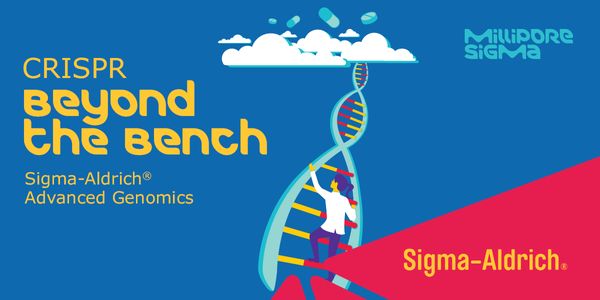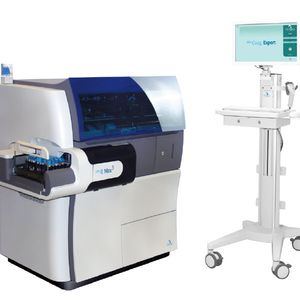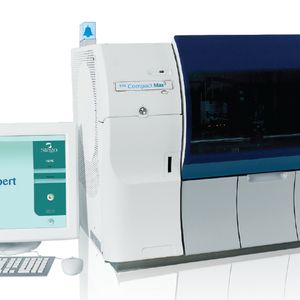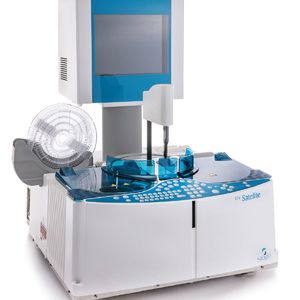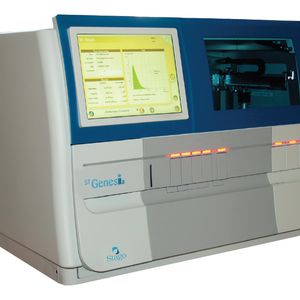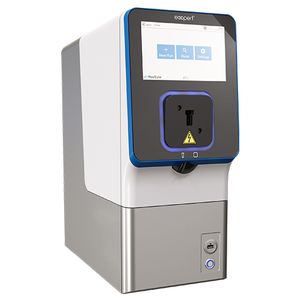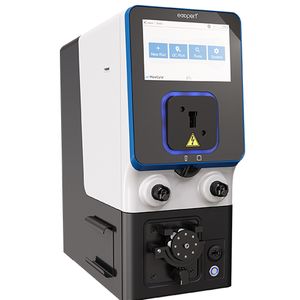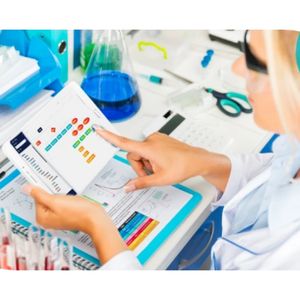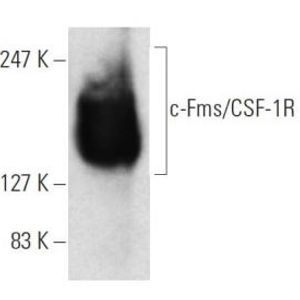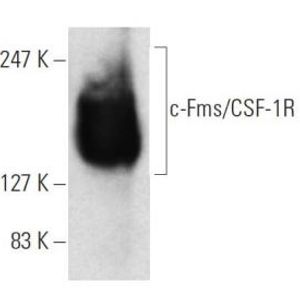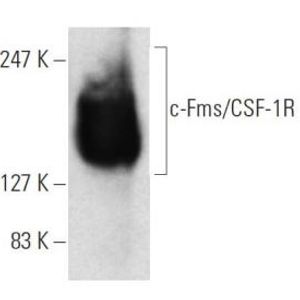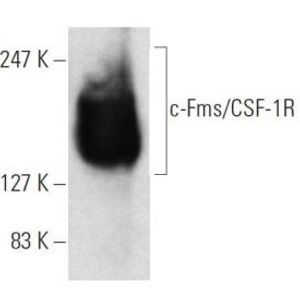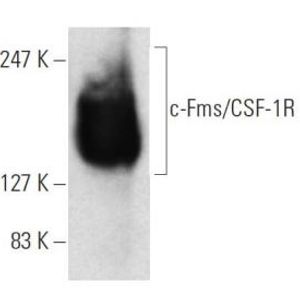Microbiology Webinars
This compilation of webinars touch on the various human diseases are most commonly attributed to the subject matter of microbiology, as well as the many microbes that are also responsible for numerous beneficial processes.
Show More
-
SEP 28, 2022 | 7:00 AMDate: September 28, 2022 Time: 7:00am (PDT), 10:00am (EDT), 4:00pm (CEST) CRISPR/Cas gene editing technology has rapidly evolved over the last decade. Its versatility extends from creating t...
-
SEP 22, 2022 | 9:00 AMDate: September 22, 2022 Time: 9:00am (PDT), 12:00pm (EDT), 6:00pm (CEST) Optimizing platforms for surgical specimen collection and deep human phenotyping was used to enhance protein biomarke...
-
SEP 22, 2022 | 7:00 AMDate: September 22, 2022 Time: 7:00am (PDT), 10:00am (EDT), 4:00pm (CEST) On April 2022, the ISO 8665 guidelines changed to a new version with several changes to the calibration and testing...
-
SEP 15, 2022 | 8:00 AMDate: September 15, 2022 Time: 8:00am (PDT), 11:00pm (EDT), 5:00pm (CEST) Improving rice to withstand diseases, climate-related stresses and reduced inputs will contribute to food security a...
-
SEP 15, 2022 | 6:00 AMDate: September 15, 2022 Time: 6:00am (PDT), 9:00am (EDT), 3:00pm (CEST) LiquidArray® is a pioneering technology which brings next generation multiplexing to the routine clinical microbi...
-
SEP 13, 2022 | 10:00 AMDate: September 13, 2022 Time: 10:00am (PDT), 1:00pm (EDT), 7:00pm (CEST) An estimated 49 million cases of sepsis occur globally each year with approximately 11 million deaths...
-
Cytomegalovirus (CMV) is one of the most common human herpesviruses, infecting nearly half of the adult population in the US. Vertical transmission can occur during pregnancy, and congenital...
Wastewater samples are challenging substrates for nucleic acid extraction and the choice of extraction method determines the success of the downstream analysis. Extraction methods must be ab...
Alphaviruses are enveloped RNA viruses that cause disease in humans ranging from acute febrile illness with rash and arthritis to lethal encephalitis. Like many other mosquito-borne viruses,...
The evolution of the planetary situation is presently knowing multiple rapid and severe complications impacting both geophysical as well as all the life aspects. Multiple parameters undergo...
